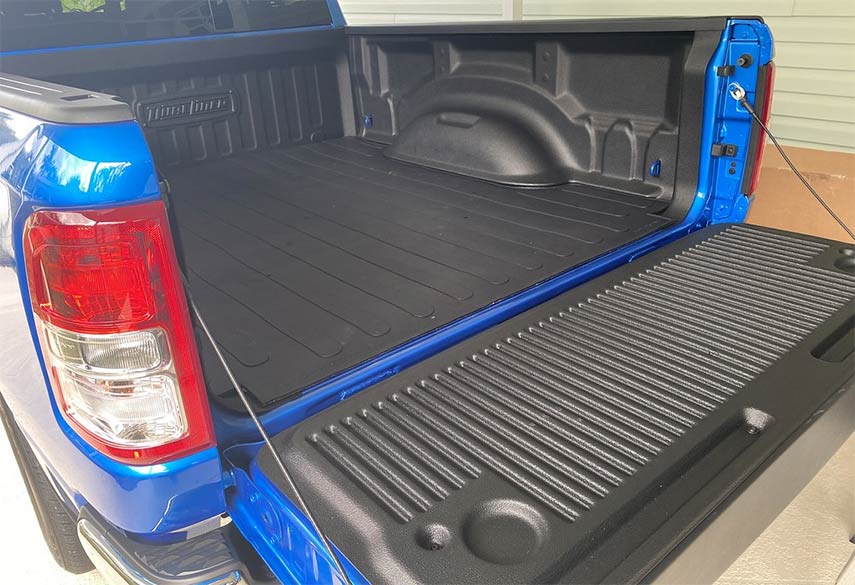The full-size truck segment is arguably the most popular and best-selling segment of vehicles in America. The term is usually used to describe trucks like the Ford F-150 and Chevrolet Silverado 1500, and other trucks that fall into roughly the same weight class.
Larger trucks, usually called HD or heavy-duty trucks, include models like the Ford F-250 Super Duty and Chevrolet Silverado 2500HD.
Below the full-size truck category is the mid-size truck segment. This includes models like the Toyota Tacoma, Ford Ranger, and Chevrolet Colorado.
As trucks have gotten larger in recent years, these midsize trucks are still a lot bigger than the compact trucks of decades past. Midsize trucks can’t tow as much as full-size trucks, which is why they’re usually more popular with those who like to go off-road or use them as a daily driver.
Full-size trucks tend to be the most popular with Americans because they present a happy medium with plenty of towing power, a wide range of trims and engine options, and reasonably decent fuel economy for what they’re capable of.
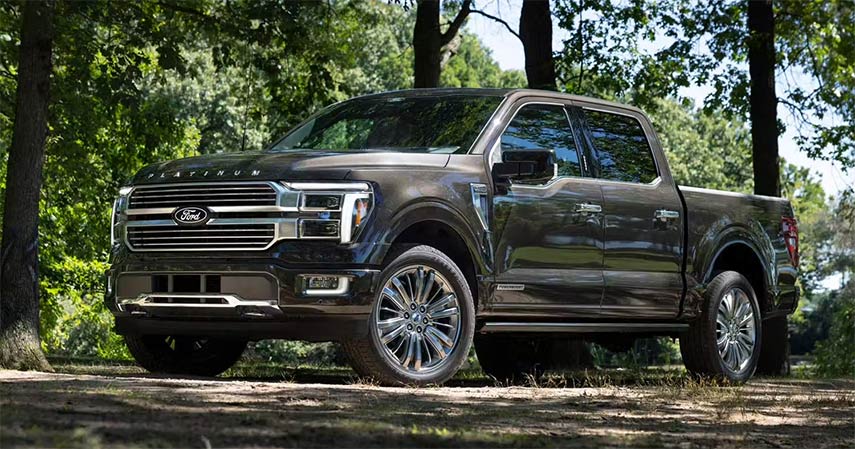
How Big Are Full-Size Trucks?
Full-size trucks vary in size, weight, and width depending on the model and the layout. For example, most full-size trucks offer different bed sizes and cab sizes. They also usually have several engine choices.
A full-size truck with a crew cab, a heavy V8 engine, and a long bed will usually top out a particular model’s size range.
To use the new Chevy Silverado 1500 as an example, this truck has an exterior length that is between 211 and 242 inches, and it’s 81 inches wide. The curb weight of the new Silverado 1500 can be between 4,400 and 5,620 pounds.
The bed size of a full-size truck usually ranges between a standard six-foot bed and a longer eight-foot bed. Most full-size trucks are crew cabs these days, which means they have a full-size rear seat to accommodate passengers.
The amount of room in the back seat of these trucks is generally comparable to a full-size SUV. The average truck width in this segment is around 80 inches. The average truck weight is usually between 4,000 and 5,000 pounds.
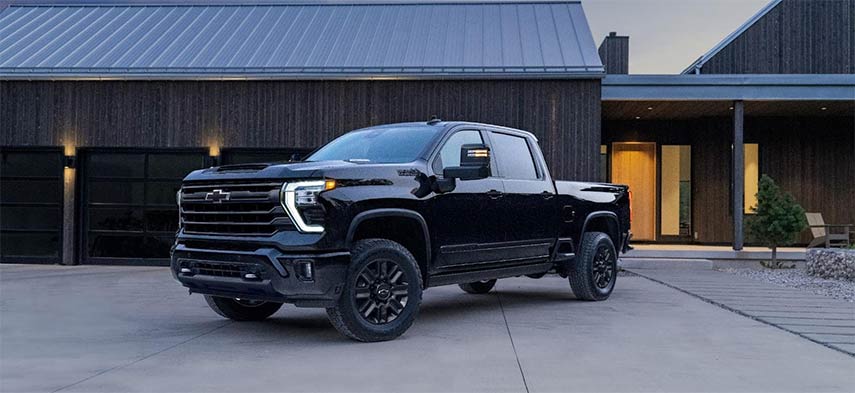
How Much Do Full-Size Trucks Cost?
The cost of a full-size truck is largely dependent on the engine and trim you choose. The models from the Big Three, i.e. the Ram 1500, Ford F-150, and Chevrolet Silverado 1500, come in a dizzying array of engines, layouts, trims, and packages.
The segment’s lowest base price currently comes with the Ford F-150, which starts at around $35,760.
The import full-size trucks like the Toyota Tundra and Nissan Titan come in a very limited range of trims and do not offer a cab smaller than the crew cab size. This means that they start at a higher base price than the Big Three.
The GMC Sierra 1500, which is the mechanical twin to the Silverado, is also not offered in as many different options, so it also tends to start higher. The range-topping trims and off-road trims decked out with additional packages or options can quickly start approaching the $90,000 mark.
Full-Size Trucks by Gas Mileage
Like everything else mentioned above, the gas mileage of a full-size truck model will vary quite a bit depending on the engine, layout, and whether it’s 4WD or 2WD. With that being said, each model presented here has a range of fuel efficiency depending on the above factors.
 |
What is Combined MPG?“The Combined MPG value is the most prominent for the purpose of quick and easy comparison across vehicles. Combined fuel economy is a weighted average of City and Highway MPG values that is calculated by weighting the City value by 55% and the Highway value by 45%.” Source: EPA.gov |
2024 Ram 1500 – Up to 23 combined MPG
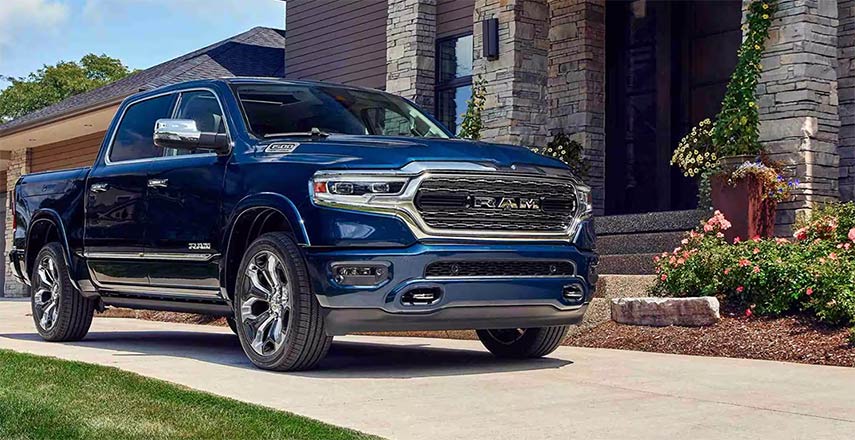
The new Ram 1500 starts at around $40,000 and gets a range of combined mileage between 12 and 23 MPG. The advantages of the Ram 1500 include its luxurious higher trim levels, cushy suspension that delivers the best ride in its class, and plenty of towing and hauling ability.
Some things to consider for this Ram generation include the lack of a full-hybrid version and its 12-inch touchscreen is no longer the largest in the class.
2024 Ford F-150 – Up to 23 combined MPG
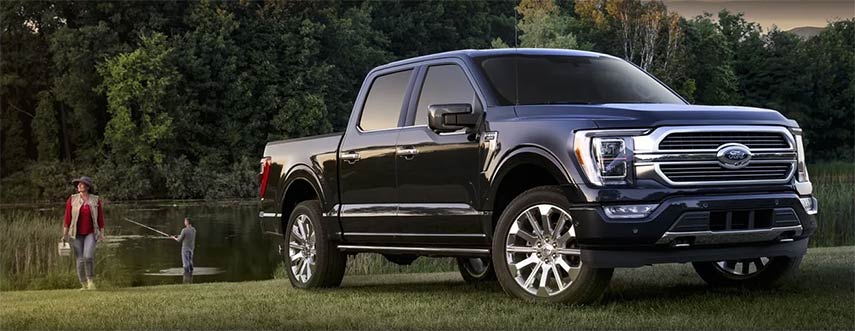
The F-150 is similarly fuel efficient compared to the Ram. Depending on the trim, you could be looking at between 15 and 25 MPG combined. It starts at around $35,760 for the base trim and offers several trims to choose from.
Some advantages of the F-150 include its high tow and payload ratings and a large selection of engines. Some things to consider include its less refined ride compared to the Ram, no diesel engine offered, and some of the best features are limited to the highest trims.
2024 GMC Sierra 1500 – Up to 22 combined MPG
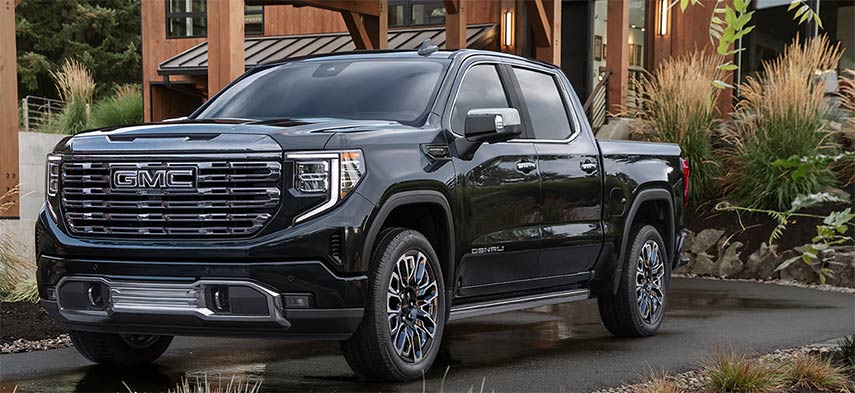
The Sierra 1500 typically starts at around $38,579 for the base trim. It offers combined mileage between 15 and 25 MPG. GMC strongly promotes the Sierra 1500’s innovative tailgate and the luxurious and striking Denali trim.
The downsides of this truck are mainly that it gets pricey fast with options and GMC Super Cruise is only on top trims.
2024 Toyota Tundra – Up to 22 combined MPG
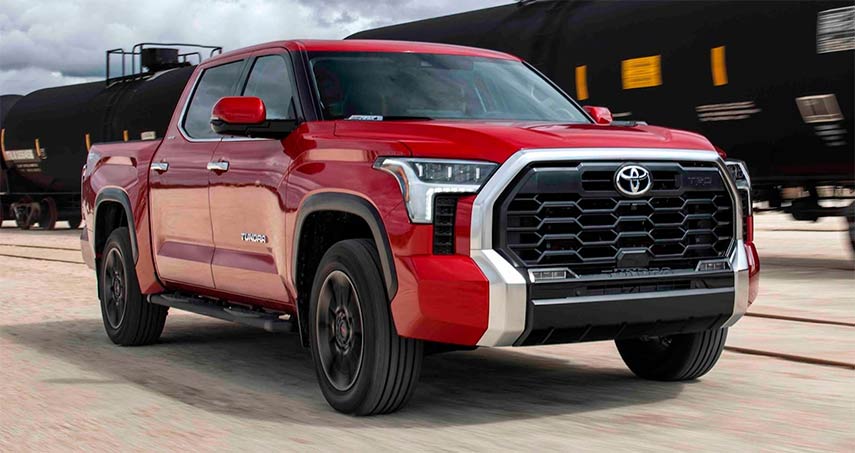
The Tundra starts at a higher price than its domestic rivals simply due to having fewer options. The starting market average is around $40,000. The combined mileage for the Tundra is between 19 and 22 MPG.
Some advantages of the Tundra include its hybrid powertrain, comfortable interior, and reputation for reliability. Things to consider include its lack of options compared to rivals and less towing and hauling ability.
2024 Chevrolet Silverado 1500 – Up to 20 combined MPG
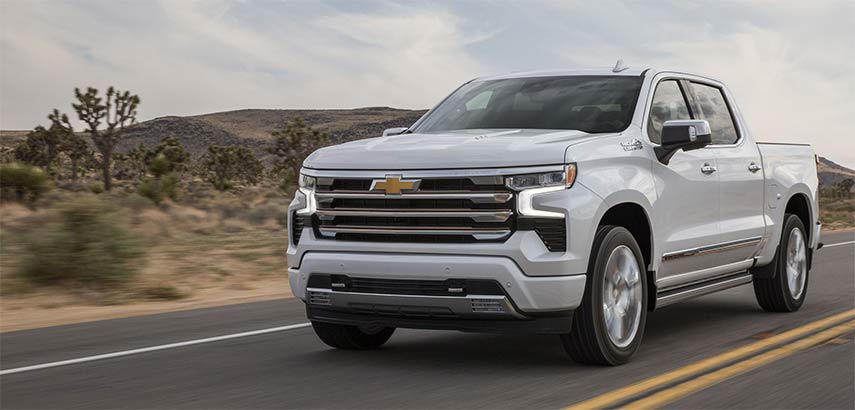
The starting price for the Silverado 1500 tends to be around $37,000, and its combined mileage is between 15 and 26 MPG. The Silverado 1500 is impressively capable, offers a ton of powertrain options, and a generous list of driver-assist features as standard equipment.
On the flip side, it has a stiffer ride than its rivals and a lower payload rating.
2024 Nissan Titan – Up to 17 combined MPG
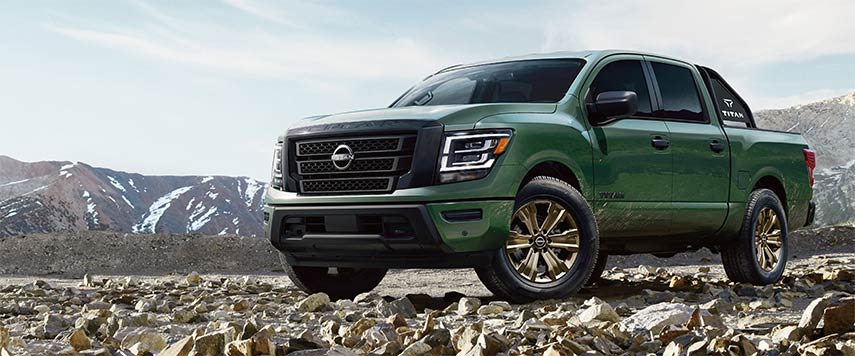
This is the last year for the Nissan Titan mainly because it has not stayed competitive with its rivals. It starts at close to $45,000 and has the poorest fuel economy of the bunch at between 16 and 17 MPG combined.
It boasts a strong V8 engine, a quiet interior, and plenty of safety features. The downside is that it only offers a few trims, one engine choice, and less towing and payload than rivals.
In general, to get the full-size truck with the best fuel efficiency, you’ll want to get 2WD and the smallest engine offered. For example, in the Ram 1500, that’s the 3.6-liter V6, and for the Ford F-150, it’s the 2.7-liter turbocharged V6.
When you’re deciding on a new truck, it’s also important to think about how you can protect your investment. That’s where a truck bed liner by DualLiner comes in. Consistently voted the best system in the industry by experts, the DualLiner bed liner system is tough and long-lasting.

